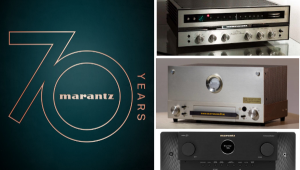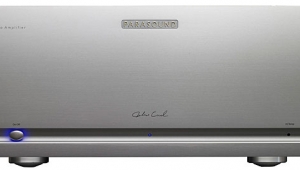| Columns Retired Columns & Blogs |
Get Ready for Audio Bits in Space, Part 2
The development of digital AM-radio technology moved a step closer last month when the Fraunhofer Institut Integrierte Schaltungen) (IIS) signed a consortium agreement for the development of digital AM radio with several international radio broadcasters, network operators, and manufacturers.
According to a consortium statement, the Digital Radio Mondiale (DRM) consortium "is committed to establishing the standard for new digital AM radio technology, improving reception quality and ease of use in the bands below 30MHz, the shortwave, medium-wave, and long-wave bands." Digital Radio Mondiale is made up of 32 members plus affiliates and associates. It brings together organizations from the international broadcasting, network operator, standards, research, and manufacturing sectors.
"Our institute sees a major opportunity to contribute our latest MPEG/AAC audio source coding technology, as well as the digital broadcasting system know-how to provide good-quality broadcast transmissions in the AM bands," says Dr. Gerhäuser, director of the IIS.
The DRM consortium is expected to work out a standard for digital AM radio by late 1999. As well as improved reception for listeners, broadcasters using the AM radio bands are expected to benefit from improved performance. Digital AM is also expected to have a significant market for domestic broadcasters in countries where FM cannot cover the entire country. The target is to have inexpensive receivers in the market to take advantage of digital AM transmissions, which will be available in 2001. The receivers are planned to be multiband AM models capable of receiving digital medium-wave, shortwave, and long-wave transmissions. Modern transmitters and antennas could be upgraded at relatively low cost, making best use of existing transmission facilities. An office has been established in Geneva to coordinate the work, and teams from the consortium are working on the research and development of the commercial and technical aspects of the system.
- Log in or register to post comments




































